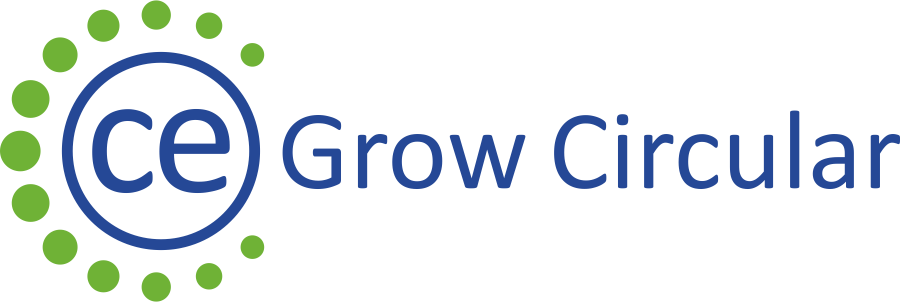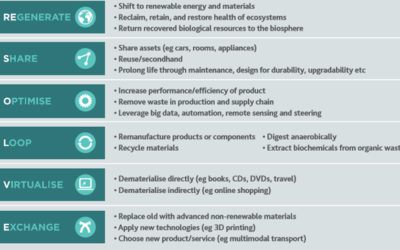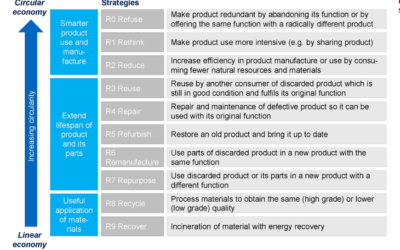Accenture has developed a model identifying five main business models: Circular Supply Chain (reformed use of resources), Sharing Platform (optimise capacity use), Product as a Service (offer outcome-oriented solutions), Product Life Extension (extend life cycles) and...
Circular business models
There are multiple approaches to the definition of circular business models. A common one is to distinguish different business model categories relating to different phases of a product’s lifecycle, as illustrated in the Value Hill model below.

Source: Elisa Achterberg, Jeroen Hinfelaar, Nancy Bocken, “The Value Hill Business Model Tool: identifying gaps and opportunities in a circular network” (2016)
https://sustainabilityguide.eu/methods/circular-business-models/
In the following articles we present shortly some of the most popular approaches to circular business models. While they use different wordings and classification, they can mostly be related to the categories described above. We recommend studying the sources for a detailed comprehension of each model.
The business model categories are defined as follows in the EIB Circular Economy Guide – Supporting the circular transition:
Circular design models focus on the development of existing or new products and processes that seek to optimise circularity. Products are designed to last longer and/or be easy to maintain, repair, upgrade, refurbish, remanufacture or recycle. Additionally, new materials are developed and/or sourced, e.g. biobased, less resource-intensive, or fully recyclable.
Optimal use models aim to increase the value and use of a product during an extended life. These business models often build on retained ownership of a product, e.g. by providing a service rather than selling a product, and/or take responsibility for the product throughout its useful life, e.g. through maintenance services, or add-ons to extend the life of a product.
Value recovery models focus on maximising recovery and recycling of products and materials after use into new products or useful resources to reduce wastage and conserve resources. A difference can be made between downcycling, which results in lesser quality and reduced functionality, and upcycling, which involves transforming by-products and waste into new materials or products of higher quality or better environmental value.
Circular support models focus on the management and coordination of circular value networks and resource flows, and optimising incentives and other supporting activities in a circular network. Circular support models also include the development or deployment of key enabling technologies supporting, enabling and facilitating the other business models.
ReSOLVE framework
The Regenerate – Share – Optimise – Loop – Virtualise – Exchange (ReSOLVE) framework has been developed by McKinsey Center for Business and Environment and u the Ellen McArthur Foundation. Source: Towards a circular economy: Business...
9R Framework
The model suggested by the PBL Netherlands Environmental Assessment Agency (2017) is presented in the figure below. The model which defines ten strategies for circularity that can be used to build a successful circular product and material flows across the EU. Each...
Examples of circular design models
alvari designs and produces customisable furniture from local resources and offers a take-back system to its customers (Germany)GreenLab utilizes cocoa waste material for production organic fertilizer (Germany)TRIGEMA produces biodegradable, Cradle to...
Examples of optimal use models
Reuse & Repair & Product-life Extension Jausnwrap: Beeswax cloth food wraps as a natural alternative to plastic wrap and aluminium foil for food storage (Austria)Recycle it has, besides an e-waste recycling plant, an online shop for refurbished...
Examples of circular recovery models
Bumble Bee Bags give reflective vests a second life (Germany)ECOPLAST FIBER JSC recycles PET bottles into flakes and fibers (Bulgaria)Kunst vom Rand e.V. design various products, e.g. out of fire hoses, old books and can tabs (Austria)LAVU collects...
Animation goes here





